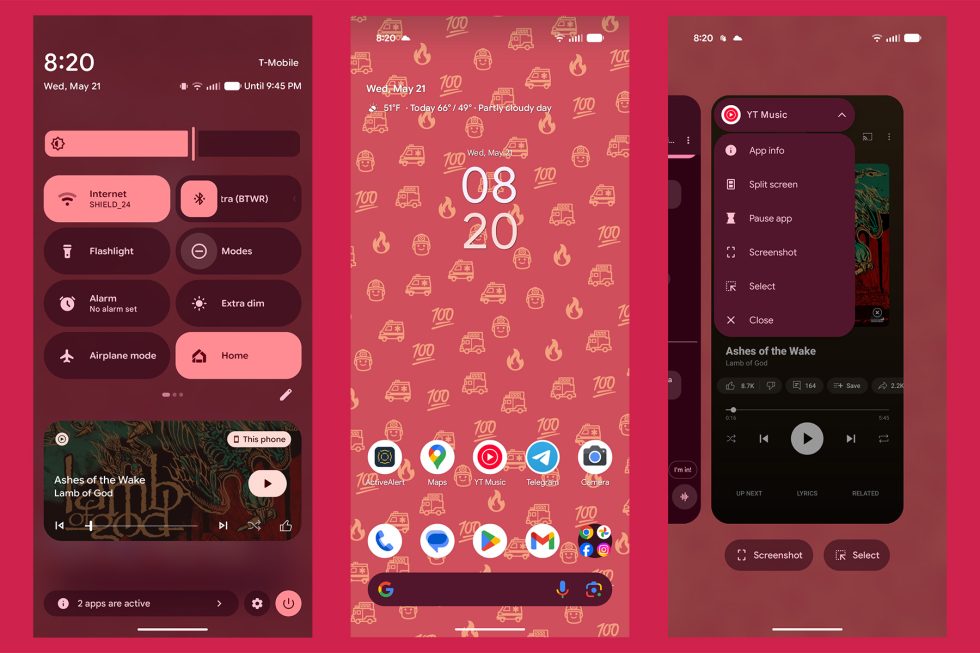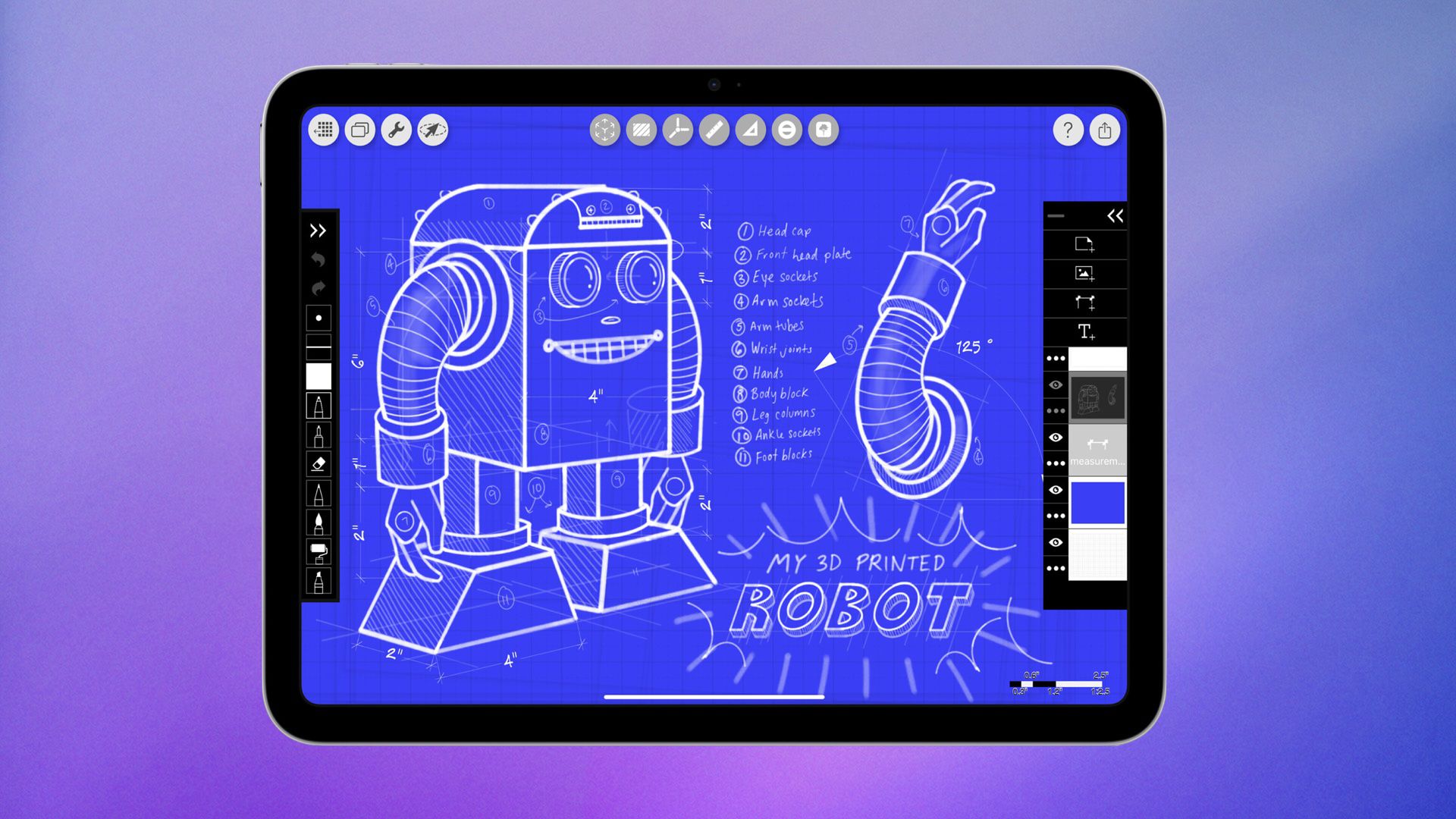How to create an effective application security Programme: Strategies, practices and tools to maximize results
AppSec is a multifaceted and robust strategy that goes far beyond simple vulnerability scanning and remediation. A holistic, proactive approach is required to integrate security into all stages of development. learn AI basics The constantly evolving threat landscape and the increasing complexity of software architectures have prompted the need for a proactive, holistic approach. This comprehensive guide explores the essential components, best practices and cutting-edge technology that comprise an extremely effective AppSec program that empowers organizations to fortify their software assets, reduce risk, and create a culture of security first development. The success of an AppSec program relies on a fundamental change of mindset. Security should be viewed as a key element of the development process and not as an added-on feature. This paradigm shift requires a close collaboration between security, developers, operations, and the rest of the personnel. It reduces the gap between departments and fosters a sense shared responsibility, and encourages an open approach to the security of apps that are created, deployed or maintain. In embracing an DevSecOps method, organizations can integrate security into the structure of their development processes making sure security considerations are considered from the initial phases of design and ideation until deployment and continuous maintenance. The key to this approach is the creation of clear security guidelines, standards, and guidelines which provide a structure to secure coding practices, threat modeling, as well as vulnerability management. These policies should be based on industry-standard practices like the OWASP top ten, NIST guidelines as well as the CWE. They should also take into consideration the specific requirements and risk specific to an organization's application and the business context. The policies can be codified and easily accessible to all stakeholders in order for organizations to use a common, uniform security strategy across their entire collection of applications. To implement these guidelines and make them actionable for developers, it's crucial to invest in comprehensive security education and training programs. These programs must equip developers with the necessary knowledge and abilities to write secure code, identify potential weaknesses, and adopt best practices for security throughout the process of development. The training should cover many areas, including secure programming and common attack vectors as well as threat modeling and safe architectural design principles. The best organizations can lay a strong foundation for AppSec by fostering an environment that promotes continual learning, and giving developers the resources and tools they need to integrate security in their work. Security testing is a must for organizations. and verification processes in addition to training to identify and fix vulnerabilities before they can be exploited. This requires a multi-layered method that combines static and dynamic analysis methods along with manual code reviews and penetration testing. In the early stages of development Static Application Security Testing tools (SAST) are a great tool to identify vulnerabilities such as SQL Injection, Cross-SiteScripting (XSS) and buffer overflows. Dynamic Application Security Testing tools (DAST) are on the other hand, can be used to simulate attacks against applications in order to find vulnerabilities that may not be found by static analysis. While these automated testing tools are vital to detect potential vulnerabilities on a an escalating rate, they're not an all-purpose solution. Manual penetration testing and code reviews performed by highly skilled security professionals are also critical in identifying more complex business logic-related vulnerabilities that automated tools might miss. By combining automated testing with manual validation, businesses can get a greater understanding of their security posture for applications and prioritize remediation efforts based on the impact and severity of vulnerabilities that are identified. Enterprises must make use of modern technology like artificial intelligence and machine learning to enhance their capabilities for security testing and vulnerability assessment. AI-powered tools can analyze vast amounts of code and application information, identifying patterns and abnormalities that could signal security vulnerabilities. They can also enhance their detection and prevention of new threats through learning from past vulnerabilities and attacks patterns. Code property graphs are a promising AI application for AppSec. They can be used to detect and correct vulnerabilities more quickly and effectively. CPGs offer a rich, visual representation of the application's codebase, capturing not just the syntactic structure of the code, but as well as the complicated interactions and dependencies that exist between the various components. Through t
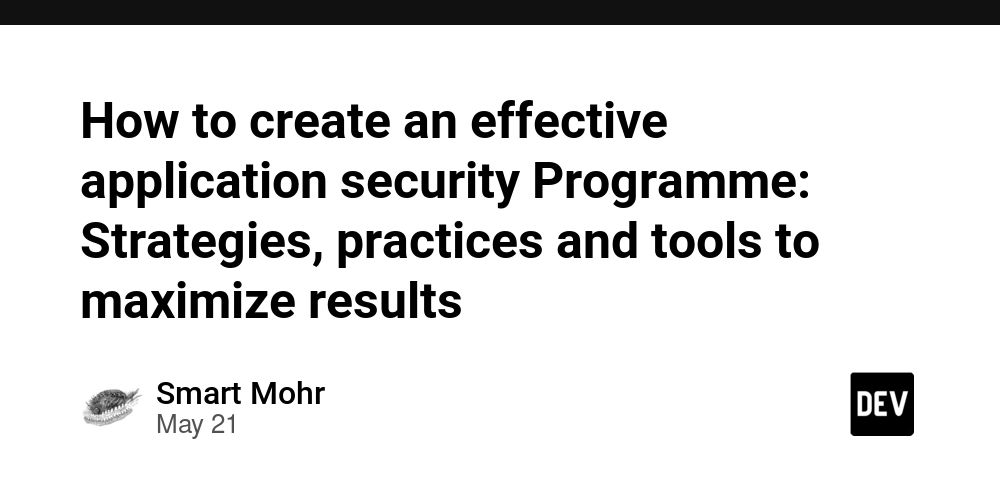
AppSec is a multifaceted and robust strategy that goes far beyond simple vulnerability scanning and remediation. A holistic, proactive approach is required to integrate security into all stages of development. learn AI basics The constantly evolving threat landscape and the increasing complexity of software architectures have prompted the need for a proactive, holistic approach. This comprehensive guide explores the essential components, best practices and cutting-edge technology that comprise an extremely effective AppSec program that empowers organizations to fortify their software assets, reduce risk, and create a culture of security first development.
The success of an AppSec program relies on a fundamental change of mindset. Security should be viewed as a key element of the development process and not as an added-on feature. This paradigm shift requires a close collaboration between security, developers, operations, and the rest of the personnel. It reduces the gap between departments and fosters a sense shared responsibility, and encourages an open approach to the security of apps that are created, deployed or maintain. In embracing an DevSecOps method, organizations can integrate security into the structure of their development processes making sure security considerations are considered from the initial phases of design and ideation until deployment and continuous maintenance.
The key to this approach is the creation of clear security guidelines, standards, and guidelines which provide a structure to secure coding practices, threat modeling, as well as vulnerability management. These policies should be based on industry-standard practices like the OWASP top ten, NIST guidelines as well as the CWE. They should also take into consideration the specific requirements and risk specific to an organization's application and the business context. The policies can be codified and easily accessible to all stakeholders in order for organizations to use a common, uniform security strategy across their entire collection of applications.
To implement these guidelines and make them actionable for developers, it's crucial to invest in comprehensive security education and training programs. These programs must equip developers with the necessary knowledge and abilities to write secure code, identify potential weaknesses, and adopt best practices for security throughout the process of development. The training should cover many areas, including secure programming and common attack vectors as well as threat modeling and safe architectural design principles. The best organizations can lay a strong foundation for AppSec by fostering an environment that promotes continual learning, and giving developers the resources and tools they need to integrate security in their work.
Security testing is a must for organizations. and verification processes in addition to training to identify and fix vulnerabilities before they can be exploited. This requires a multi-layered method that combines static and dynamic analysis methods along with manual code reviews and penetration testing. In the early stages of development Static Application Security Testing tools (SAST) are a great tool to identify vulnerabilities such as SQL Injection, Cross-SiteScripting (XSS) and buffer overflows. Dynamic Application Security Testing tools (DAST) are on the other hand, can be used to simulate attacks against applications in order to find vulnerabilities that may not be found by static analysis.
While these automated testing tools are vital to detect potential vulnerabilities on a an escalating rate, they're not an all-purpose solution. Manual penetration testing and code reviews performed by highly skilled security professionals are also critical in identifying more complex business logic-related vulnerabilities that automated tools might miss. By combining automated testing with manual validation, businesses can get a greater understanding of their security posture for applications and prioritize remediation efforts based on the impact and severity of vulnerabilities that are identified.
Enterprises must make use of modern technology like artificial intelligence and machine learning to enhance their capabilities for security testing and vulnerability assessment. AI-powered tools can analyze vast amounts of code and application information, identifying patterns and abnormalities that could signal security vulnerabilities. They can also enhance their detection and prevention of new threats through learning from past vulnerabilities and attacks patterns.
Code property graphs are a promising AI application for AppSec. They can be used to detect and correct vulnerabilities more quickly and effectively. CPGs offer a rich, visual representation of the application's codebase, capturing not just the syntactic structure of the code, but as well as the complicated interactions and dependencies that exist between the various components. Through the use of CPGs, AI-driven tools can conduct a deep, contextual analysis of an application's security position, identifying vulnerabilities that may be overlooked by static analysis methods.
Furthermore, CPGs can enable automated vulnerability remediation using the help of AI-powered repair and transformation methods. AI algorithms can provide targeted, contextual fixes by analyzing the semantic structure and nature of the vulnerabilities they find. This permits them to tackle the root causes of an problem, instead of treating the symptoms. This approach does not just speed up the removal process but also decreases the risk of breaking functionality or introducing new vulnerabilities.
Integrating security testing and validation into the continuous integration/continuous deployment (CI/CD) pipeline is another key element of a successful AppSec. Through automated security checks and embedding them into the build and deployment processes, companies can spot vulnerabilities earlier and stop them from getting into production environments. Shift-left security can provide faster feedback loops and reduces the amount of time and effort required to detect and correct issues.
In order to achieve this level of integration, organizations must invest in the most appropriate tools and infrastructure to help support their AppSec program. This includes not only the security testing tools but also the underlying platforms and frameworks which allow seamless automation and integration. Containerization technologies such as Docker and Kubernetes can play a vital part in this, giving a consistent, repeatable environment to conduct security tests as well as separating potentially vulnerable components.
Alongside technical tools efficient communication and collaboration platforms are essential for fostering the culture of security as well as helping teams across functional lines to collaborate effectively. Issue tracking tools like Jira or GitLab help teams prioritize and manage weaknesses, while chat and messaging tools like Slack or Microsoft Teams can facilitate real-time communication and sharing of knowledge between security experts as well as development teams.
In the end, the success of an AppSec program is not just on the tools and technology used, but also on employees and processes that work to support them. https://sites.google.com/view/howtouseaiinapplicationsd8e/ai-in-application-security A strong, secure culture requires the support of leaders as well as clear communication and an effort to continuously improve. By fostering a sense of sharing responsibility, promoting dialogue and collaboration, as well as providing the required resources and assistance companies can make sure that security isn't just something to be checked, but a vital element of the development process.
To maintain the long-term effectiveness of their AppSec program, businesses must be focusing on creating meaningful measures and key performance indicators (KPIs) to track their progress as well as identify areas to improve. These metrics should span the entire lifecycle of applications including the amount of vulnerabilities discovered in the development phase to the time it takes to correct the issues and the overall security level of production applications. These indicators can be used to show the value of AppSec investments, detect trends and patterns as well as assist companies in making data-driven choices on where to focus their efforts.
To keep up with the ever-changing threat landscape as well as emerging best practices, businesses must continue to pursue learning and education. This could include attending industry-related conferences, participating in online training programs, and collaborating with external security experts and researchers in order to stay abreast of the latest trends and techniques. By fostering an ongoing training culture, organizations will ensure that their AppSec program is able to be adapted and capable of coping with new threats and challenges.
Additionally, it is essential to realize that security of applications is not a one-time effort it is an ongoing process that requires a constant commitment and investment. Companies must continually review their AppSec strategy to ensure that it is effective and aligned to their objectives as new technology and development techniques emerge. AI powered SAST Through embracing a culture that is constantly improving, encouraging cooperation and collaboration, and harnessing the power of new technologies like AI and CPGs, organizations can develop a robust and adaptable AppSec program which not only safeguards their software assets, but helps them create with confidence in an increasingly complex and challenging digital landscape.learn AI basics






















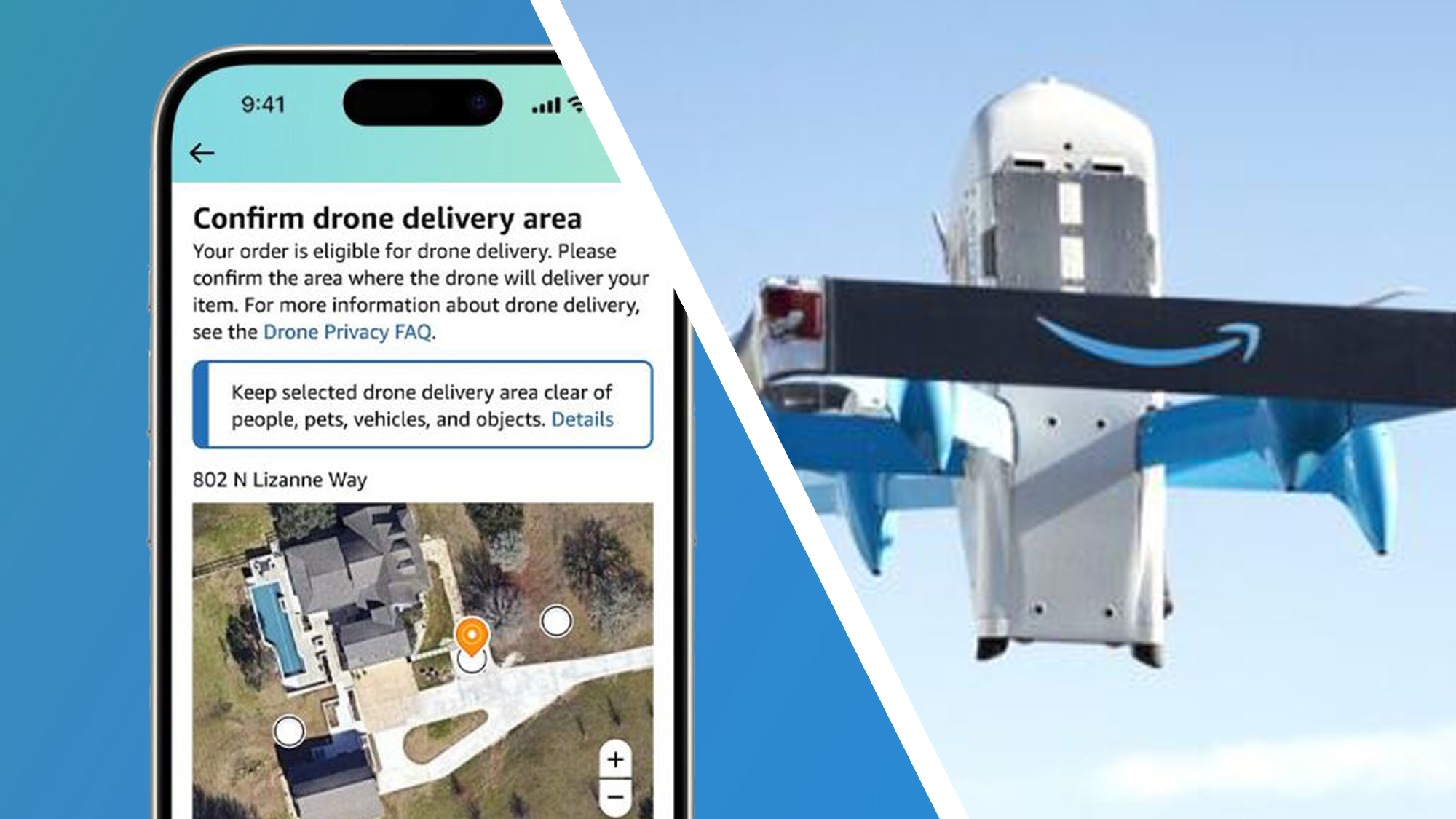


























































































































































![[The AI Show Episode 148]: Microsoft’s Quiet AI Layoffs, US Copyright Office’s Bombshell AI Guidance, 2025 State of Marketing AI Report, and OpenAI Codex](https://www.marketingaiinstitute.com/hubfs/ep%20148%20cover%20%281%29.png)


![[The AI Show Episode 146]: Rise of “AI-First” Companies, AI Job Disruption, GPT-4o Update Gets Rolled Back, How Big Consulting Firms Use AI, and Meta AI App](https://www.marketingaiinstitute.com/hubfs/ep%20146%20cover.png)





































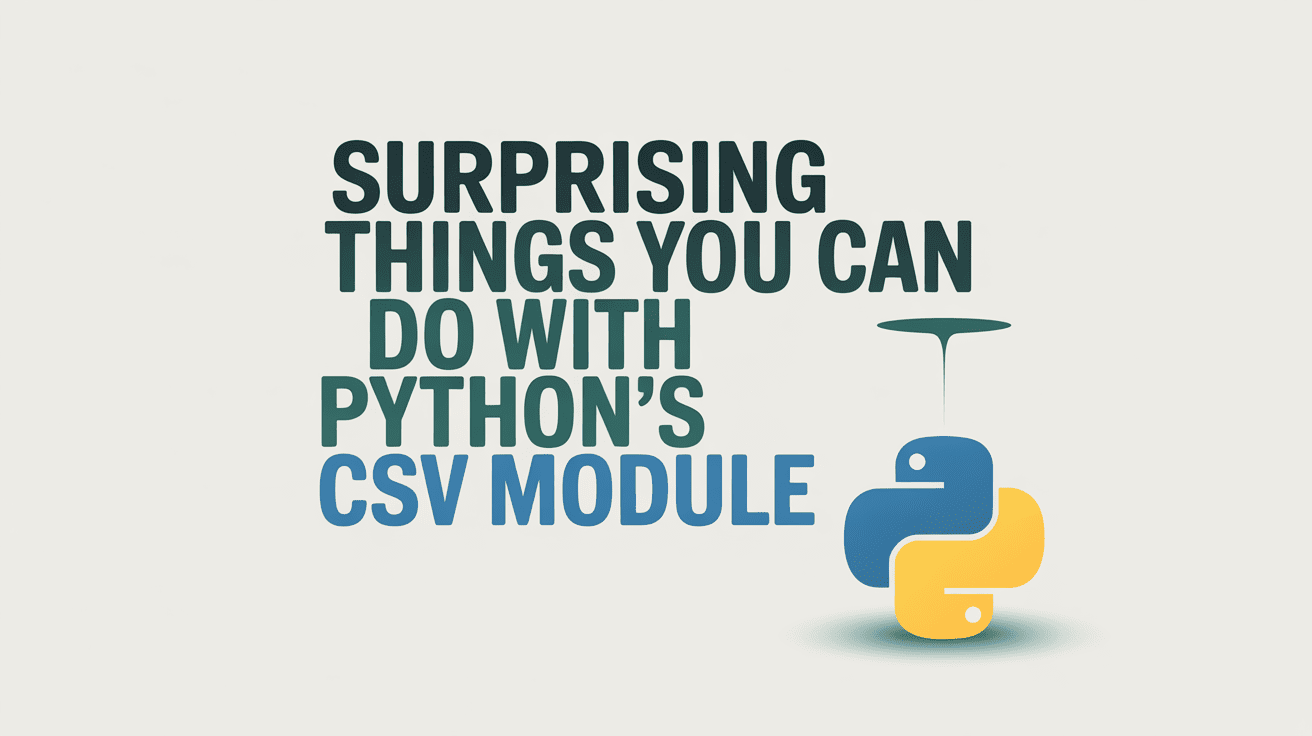

































































































































































































.jpg?#)








.jpg?width=1920&height=1920&fit=bounds&quality=70&format=jpg&auto=webp#)



















_pichetw_Alamy.jpg?width=1280&auto=webp&quality=80&disable=upscale#)

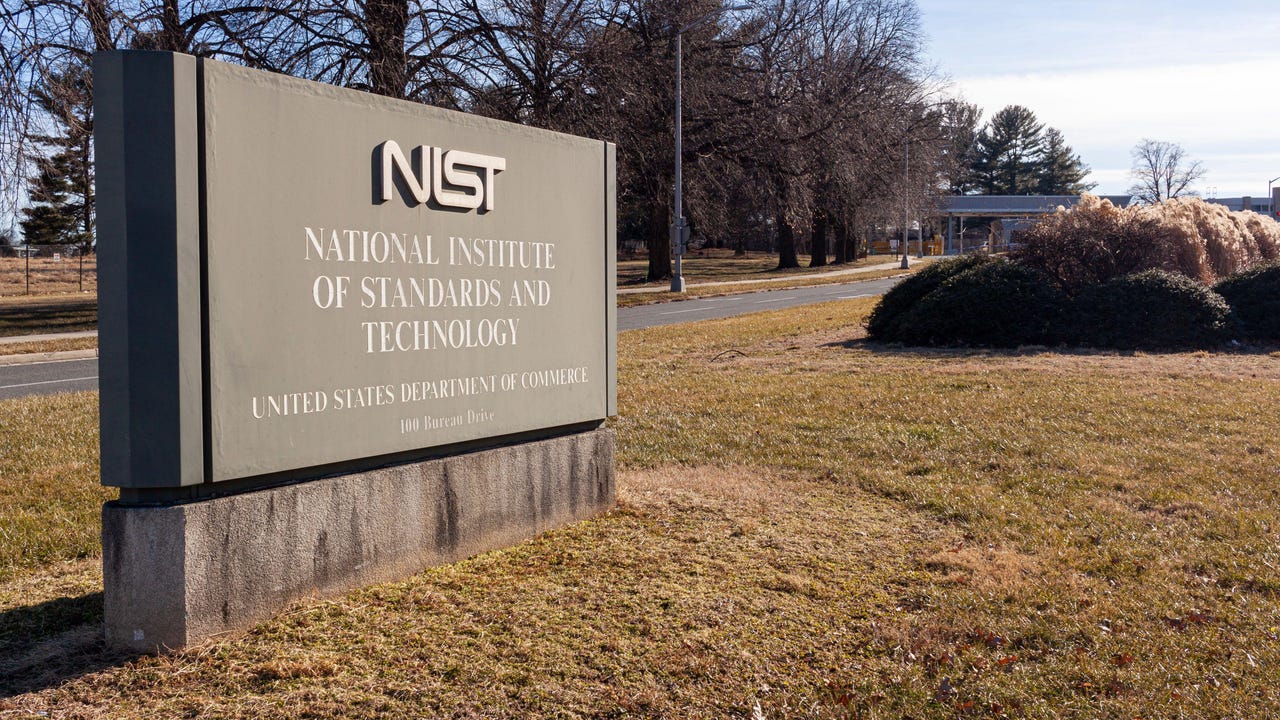













































































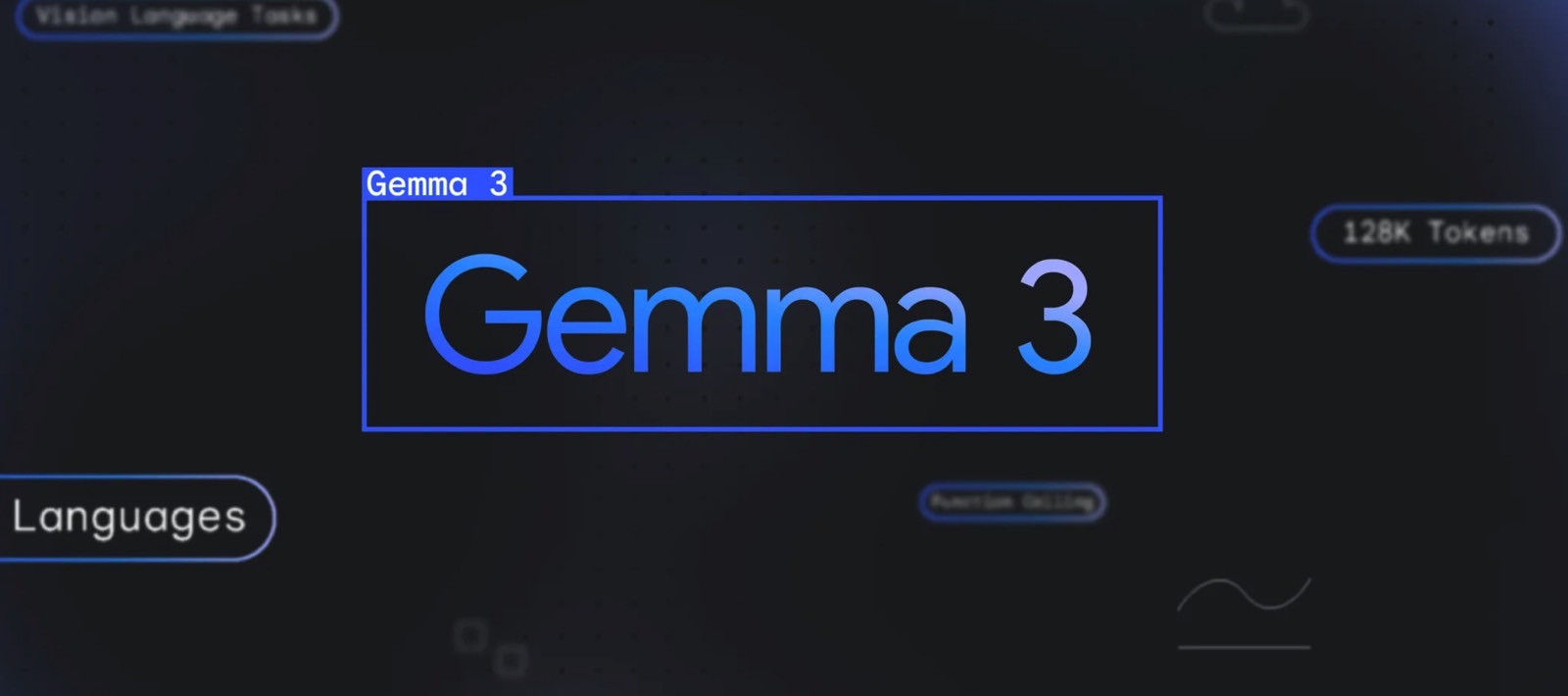




































![Apple Leads Global Wireless Earbuds Market in Q1 2025 [Chart]](https://www.iclarified.com/images/news/97394/97394/97394-640.jpg)

![OpenAI Acquires Jony Ive's 'io' to Build Next-Gen AI Devices [Video]](https://www.iclarified.com/images/news/97399/97399/97399-640.jpg)
![Apple Shares Teaser for 'Chief of War' Starring Jason Momoa [Video]](https://www.iclarified.com/images/news/97400/97400/97400-640.jpg)























